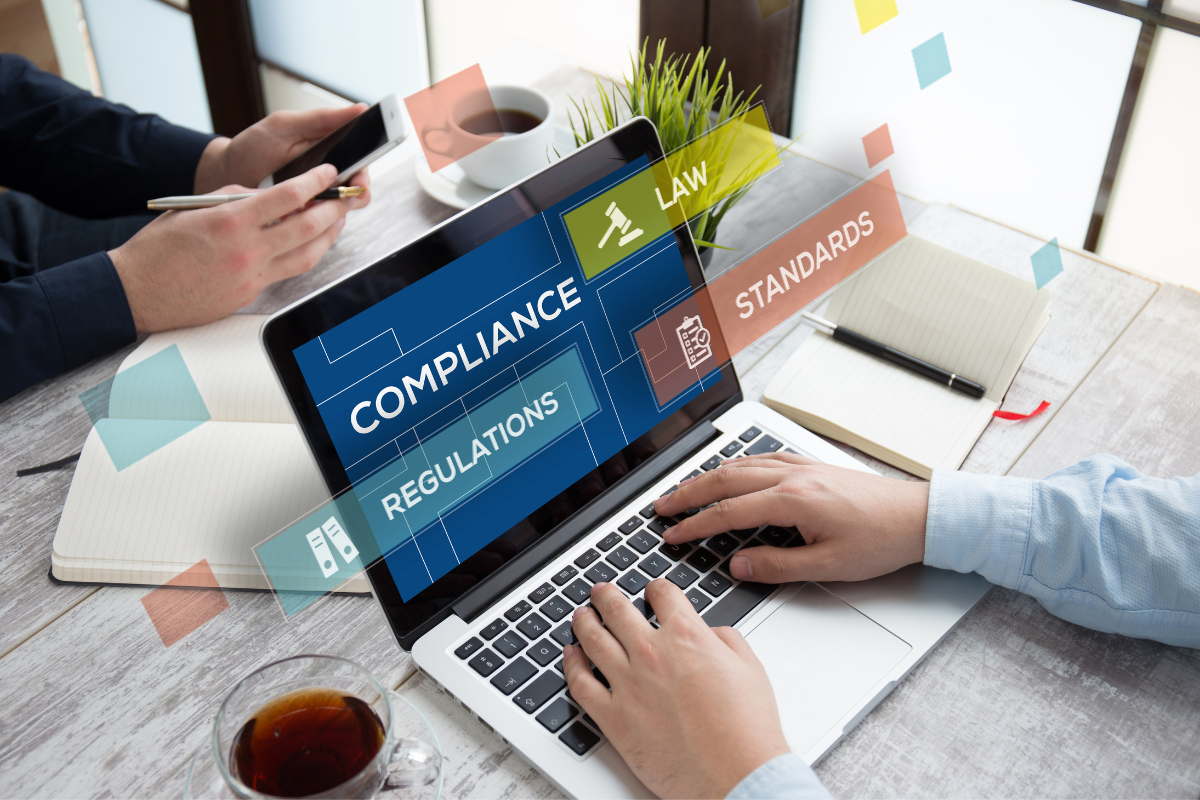In a recent CyberFort blog post, we talked about a few different types of data compliance, and we touched on the importance of SOX controls.
SOX controls were put in place to help regulate and improve financial reporting reliability while also ensuring investors were equipped with fraud protection. These controls were implemented to ensure that financial reporting isn’t inaccurate. These inaccuracies can stem from simple mistakes to purposeful and fraudulent tampering.
The world of compliance – and specifically financial compliance – can be difficult to navigate. That’s why we’ve collected some of the best tips, tricks, and insights into SOX controls and shared them here for you.
SOX Compliance Controls & Requirements
The main SOX controls and requirements are:
- Senior management responsibility
- Internal control report
- Data security policies
- Proof of compliance
The first requirement here, senior management responsibility, states that the CEO and CRO are directly responsible for any financial reports that are filed with the SEC (Securities and Exchange Commission). Because of this, any violations would mean the people in these roles face fines and even prison time.
The internal control report is required by SOX. This report shows that your company’s management is responsible for the internal control structure that is applied to financial records. The internal control structure includes all measures and methods a business uses to protect its assets, particularly financial assets, while also ensuring the accuracy and reliability of its accounting data.
To promote transparency, SOX Sections 302 and 404 are used to hold the CEO/CFO accountable for proper reporting and require quarterly and annual updates on the financials to be sent to the SEC and prominent stakeholders, respectively.
To remain SOX compliant, companies must create and maintain data security policies that protect all storage and use of your financial data. These policies must also be clearly communicated to all employees.
And lastly, businesses must also create and maintain documentation of their compliance and provide that documentation upon request. This fulfills the proof of compliance requirement.
SOX Controls: Focus Areas
When you are facing a SOX controls audit, there are 4 main focus areas.
The first is access control. This includes all measures your company takes to control, restrict, and grant access to employees and other professionals. This can include everything from enabling passwords and other authentication information for accessing digital records to the security of physical spaces. Surveillance cameras and physical locks for server rooms are important elements in this focus area as well.
The second main focus area for SOX controls is IT security. This covers the protection of your data as well as the proactive and reactive measures that are in place to prevent and mitigate damage from data breaches or cyber-attacks.
Data backup is the third focus area for SOX auditors. Data loss prevention and disaster recovery are the main components here. You must be able to demonstrate that your system’s data is being backed up and can be accessed quickly and easily in the event of a disaster or other disruption to business operations.
And the final focus area is change management. This is an umbrella term that covers the areas that are or may be fluctuating in your business. These changes could be things like new employees, new technology, software, and infrastructure, and configuration changes.
SOX Compliance Tips
The number one tip for remaining compliant under SOX controls requirements? Work from the top down. Rather than striving to work up to the minimum requirements, your IT and executive staff should be assessing these threats and weak points well before they worsen.
It’s much easier to implement the best cybersecurity, data backups, and access control from the beginning than it is to try and augment a set of systems that is lacking from the start.
Conversely, it’s also important not to go “control crazy.” Too many controls will only slow down your operations and create headaches for your teams. By identifying and implementing key controls, you can reduce the need for continuous control creation.
These controls should be automated, where applicable. Relying on manual controls for everything will create holes in your compliance, especially during times of labor shortages or increased staff turnover (like what we saw during and after the pandemic in 2020 and 2021).
Another useful tool in your fight to stay SOX compliant is to implement monitoring and documentation systems that collect the data for all activities and includes a timestamp of when the activities took place.
Transparency and technology leveraging are going to be some of the best tools you can employ to make sure your financial data is SOX compliant.
Successful SOX Compliance with CyberFort Solutions
SOX controls are a frustrating but essential part of financial reporting and filing. That is why CyberFort offers frameworks for a diverse range of compliance frameworks, including SOX.
But compliance is the bare minimum. It’s the starting point for your security – and it’s always changing.
Your business is unique, and your approach to compliance should be unique as well. At CyberFort Advisors, we use bespoke frameworks to create cybersecurity and compliance solutions that work well for your business.
Questions? Concerns? Please request a free consultation so we can connect you with the CyberFort team experts who are more than equipped to help you build or augment a cybersecurity and compliance program that suits your needs and fulfills your requirements.

